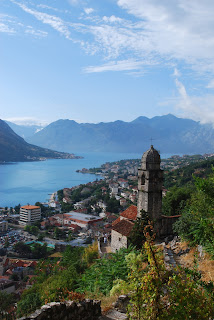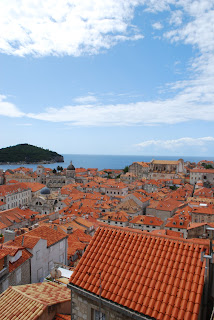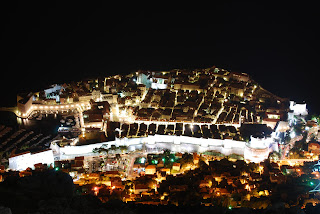On the last day of my month-long adventure in Europe, I decided to really end it on a happy note and visit the concentration camp located in Dachau.
Open in 1933, it was the very first concentration camp and it would be used as a model for all those that followed. Started originally as a prison for political prisoners, the camp was never considered a death camp like those in Treblinka or Auschwitz. That being said, some 32,000 people were murdered in the camp over its 12 year existence. The complex also included a gas chamber. Although it was never used for mass killing, it is recorded that it was used to execute a few groups of prisoners for "experiments". It was one of the awful feelings walking through that chamber.
Originally built to house 6,000 people, by the time American troops liberated the camp in the spring of 1945 it was housing over 50,000. Only about 32,000 would live to see the Americans arrive. Today most of the complex is still standing except for the 69 barracks' of which 2 have been rebuilt. The foundations still remain though.
The gate that leads to the camp reads in German "work will set you free", a grim message to the over 200,000 people that passed through its arches at some point over the period of 12 years.
The entire camp complex has been turned into a museum and memorial center with dedication to the horrors that took place on its grounds.

















































